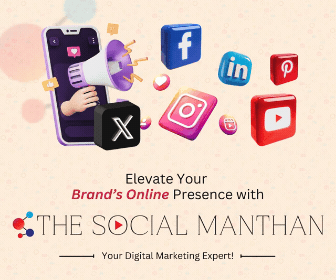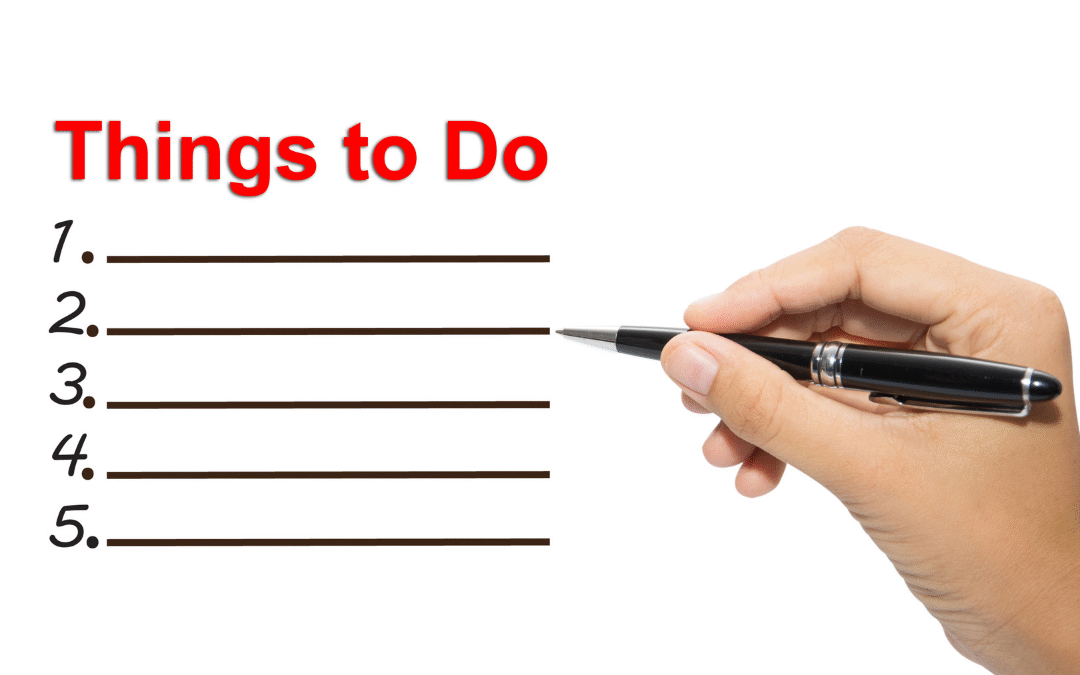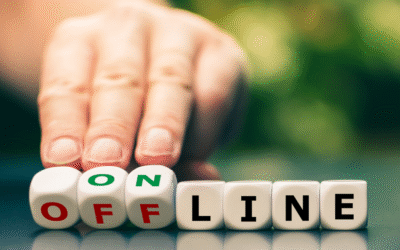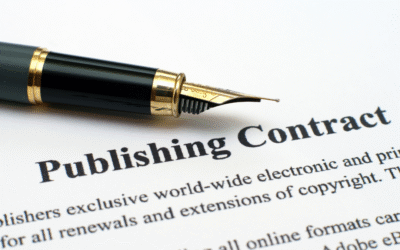It’s easy to get lost in the exciting journey of publishing a book, but understanding the financial side is equally important. As an aspiring author, you may be wondering, “How much does it really cost?” In this post, I’ll break down the expenses involved in publishing a book, from editing and cover design to marketing and distribution. By the end, you’ll have a clear picture of what to expect and how to budget for your literary adventure!
Key Takeaways:
- Publishing a book involves various costs beyond just writing, including editing, cover design, formatting, and marketing efforts.
- Self-publishing generally offers a lower upfront cost compared to traditional publishing, but authors may need to bear more responsibilities in areas like distribution and promotion.
- Understanding the potential expenses allows authors to budget effectively and make informed decisions about their publishing journey.
The Financial Landscape of Book Publishing
Understanding the financial landscape of book publishing helps you make informed decisions about budgeting for your project. The costs associated with publishing can vary significantly, depending on your chosen route—traditional publishing or self-publishing—and the specific strategies you implement along the way. Balancing direct and indirect expenses is key, ensuring that your book not only reaches your desired audience but also reflects your vision and maintains quality.
Direct Costs: Printing, Editing, and Design
Direct costs are the tangible expenses incurred during the production of your book. This includes editing, which can range from $500 to $3,000 based on the manuscript’s length and complexity, as well as cover design and interior formatting, both of which can cost anywhere from $250 to over $2,000. Lastly, if you’re printing copies, consider the cost per unit, which can be affected by the print method and quantity—starting around $2 for small runs and decreasing for larger orders.
Indirect Costs: Marketing and Distribution
Indirect costs represent the investments needed to ensure your book reaches a wider audience. Marketing can be a significant expense, potentially ranging from $500 to $5,000 or more, depending on your strategy, which might include social media ads, book launch events, or promotional materials. Distribution costs also come into play, particularly if you plan to sell through bookstores or online platforms that take a percentage of sales.
Tracking indirect costs is important as they can ultimately determine a book’s success in the market. For instance, if you spend $1,500 on a marketing campaign that generates 300 book sales at $15 each, the return on investment becomes clearer. Strong marketing techniques may involve establishing an online presence, engaging with readers through social media, and leveraging email newsletters. Allocate budget thoughtfully to ensure that these efforts complement your book’s overall vision, elevating its visibility amidst a sea of competing titles.
Unpacking the Major Expenses
Each stage of publishing a book comes with its own set of costs, and being aware of these can help you budget effectively. Major expenses typically include professional editing, cover design, formatting, and marketing. Understanding each of these elements not only aids in financial planning but also ensures you allocate resources wisely to produce a polished final product.
The Role of Professional Editing Services
Professional editing services are an investment in your manuscript’s quality. Editors help refine your story, correct grammatical errors, and enhance clarity, flow, and structure. Skipping this step often leads to unpolished literature that could alienate readers or damage your credibility. Depending on the type of editing required, this can cost anywhere from $500 to $3,000.
Investing in Book Cover Design: Why It Matters
A compelling book cover is your first chance to attract readers, acting as an crucial marketing tool. Research suggests that 75% of readers judge a book by its cover, making design an important aspect of your project. Investing in skilled design can set your book apart in a crowded marketplace, with prices ranging from $300 to over $1,000 depending on complexity and designer expertise.
The visual appeal of a book cover can significantly influence purchasing decisions. For instance, a study found that well-designed covers not only increased sales but also improved reader engagement. A professional cover not only showcases your book’s genre but also conveys its quality and professionalism. Ultimately, this investment pays off, enhancing your marketing efforts and helping your work stand out in the vast landscape of literature.
The Marketing Maze: Budgeting for Visibility
To successfully navigate the often confusing landscape of book marketing, setting aside a realistic budget can make all the difference. Visibility is key, and without it, even the best-written book may go unnoticed. Costs can add up quickly across platforms, so it’s necessary to evaluate your marketing strategy and think about how far you’re willing to stretch your budget to make an impact.
Cost of Building an Author Brand
Investing in your author brand is imperative for standing out in a crowded market. This includes creating a professional website, engaging social media presence, and possibly even branded merchandise. A professional website can cost anywhere from $500 to $5,000, depending on features and design. Additionally, hiring a graphic designer for a logo and promotional materials can average around $300 to $1,500. Cultivating your image is not a one-time expense, and ongoing content creation—like blog posts or newsletters—will also require both time and money.
Exploring Advertising Options: From Social Media to Book Tours
Advertising is a diverse field, and understanding your options can help you effectively reach your audience. Pay-per-click campaigns on platforms like Amazon and Facebook can be a great way to generate initial interest, costing anywhere from $0.50 to several dollars per click. If budget allows, you might also consider a book tour or local author events, which can cost upwards of $1,000 when factoring in travel, accommodations, and promotional materials. Each option has unique costs and potential returns, so it’s vital to analyze what aligns best with your goals.
Honing in on advertising options requires strategic thinking and a willingness to experiment. Social media ads can effectively target specific demographics based on interests, age, and location, offering a cost-effective way to reach new readers. For instance, an investment of $100 on Facebook might yield hundreds of new followers or pre-orders. Book tours and events can also create buzz, although they often require more substantial financial commitments. Depending on the outreach, I’ve seen some authors recoup costs through merchandise sales or boosted book sales during these tours. Balancing affordability with the best possible visibility will help shape your marketing strategy moving forward.
The Role of Publishing Format in Cost
Different publishing formats significantly impact the overall budget for your book, influencing not only production costs but also marketing strategies and sales potential. Print books, whether hardcovers or paperbacks, incur costs like printing, binding, and shipping, while e-books and audiobooks require digital formatting and production. Understanding these factors can help you make informed decisions that align with your financial goals and your target audience’s preferences.
Traditional Publishing vs. Self-Publishing Expenses
In traditional publishing, expenses are often absorbed by the publisher but spill over to authors through lower royalty rates. Self-publishing, on the other hand, places the financial burden directly on you, covering everything from editing to marketing. While traditional routes can minimize upfront costs, self-publishing offers greater control but typically requires a larger initial investment to maintain quality and reach your audience effectively.
The Impact of E-books and Audiobooks on Budgeting
E-books and audiobooks can drastically alter your budgeting decisions, allowing for unique publishing opportunities at lower costs. While e-books eliminate printing expenses, investing in professional formatting can incur additional fees. Audiobooks require costs for narration and production but offer high market potential. Recognizing the balance between these formats lets you allocate your budget wisely to maximize returns.
Embracing digital formats like e-books and audiobooks opens an expansive market to reach diverse audiences without the hefty overhead associated with print. E-books can also be updated easily as you gather feedback or need revisions, providing ongoing cost-effectiveness. In the case of audiobooks, while they may seem like a luxury, they are becoming necessary, with audiobook sales skyrocketing in recent years. According to the Audio Publishers Association, sales increased by nearly 20% in 2022, highlighting the necessity for authors to consider how these formats fit within their overall publishing strategy and budget.
Navigating Hidden Costs: What You Didn’t Expect
You might feel that you have covered everything, but hidden costs can sneak up on you during the publishing process. Expenses like fees for ISBNs, copyrights, and other legalities are often overlooked. Additionally, launching your book with a bang often involves costs for events or promotions. I found that being proactive about these elements can save you from unpleasant surprises later on.
Fees for ISBNs, Copyrights, and Other Legalities
Obtaining an ISBN can set you back anywhere from $125 to $295 depending on your publisher and location, while copyright registration typically ranges from $35 to $55. These fees might seem small in the grand scheme, but they can add up, especially if you plan to publish multiple books. Understanding these costs are imperative for ensuring your book is properly protected and legally distributed.
Additional Expenses: Book Launch Events and Promotions
Planning a successful book launch often comes with an array of additional costs, such as venue rental, catering, promotional materials, and even hiring a publicist. For example, a modest launch party can easily run $500 to $1,000, especially if you aim for a memorable event that draws attendees and media attention. This initial investment can significantly enhance your book’s visibility and reach when done strategically.
Summing up
Presently, understanding the cost breakdown of publishing a book is imperative for you as an aspiring author. From editing and design to marketing and distribution, each aspect has its financial implications. I’ve found that budgeting wisely can help you maintain control over your project while also ensuring quality. By being informed about these costs, you can set realistic expectations and make your publishing journey enjoyable. So, take your time to plan, and don’t hesitate to invest in your dream!
Q: What are the main costs associated with publishing a book?
A: The primary costs involved in publishing a book include editing, formatting, cover design, and marketing. Editing can encompass developmental editing, copyediting, and proofreading, with prices typically ranging from a few hundred to several thousand dollars based on the manuscript’s length and the editor’s experience. Formatting, which prepares the manuscript for print and digital formats, usually costs between $300 and $1,500. Cover design is another significant expense, with professional designs ranging from $200 to $2,000, depending on the designer’s qualifications. Lastly, marketing can vary widely, from setting up a simple website or social media ads to more extensive promotional campaigns, and can start from a few hundred dollars to thousands, depending on the strategy employed.
Q: Are there any hidden costs I should be aware of when publishing a book?
A: Yes, there are several hidden costs to consider when publishing a book. These can include ISBN purchases, which typically cost around $125 for a single number, unless obtained through a package from a publisher, which may add value. Additionally, distribution costs can arise, especially if you choose to print physical copies, including shipping and warehousing fees. You might also need to budget for legal expenses such as copyright registration or trademarking your brand. Finally, if you plan to attend book fairs or other promotional events, transportation, accommodation, and booth fees can further add to your expenses.
Q: How can I save money when publishing my book?
A: There are several strategies to save costs when publishing a book. Start by exploring DIY options for services like formatting and cover design, using tools like Canva or Scrivener, or even engaging in workshops to learn these skills. You can also seek out beta readers or writing groups for feedback instead of hiring professional editors for early drafts. Networking with other authors might lead to opportunities for exchanging services instead of payment, such as collaborative marketing efforts. Finally, consider using self-publishing platforms that offer comprehensive packages at competitive rates, often bundling important services at a discount.








